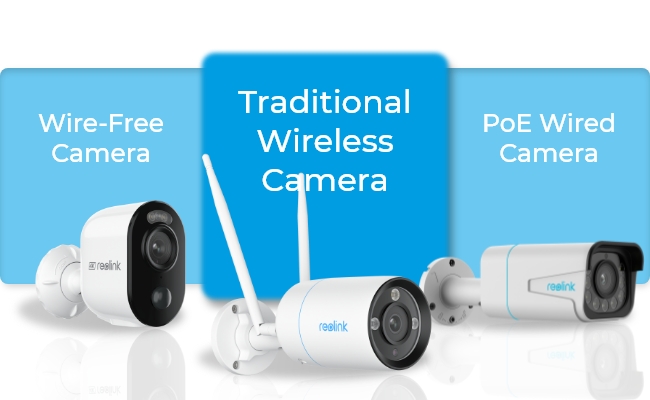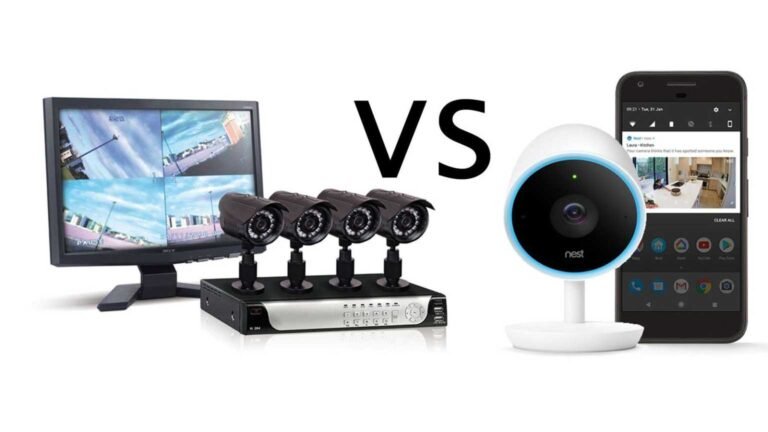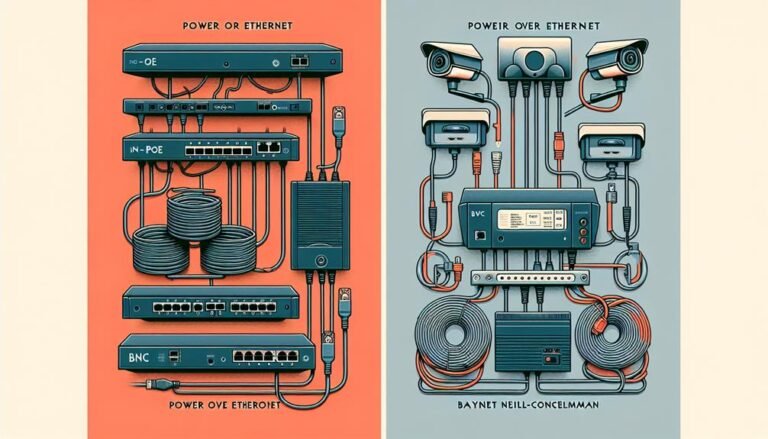PoE Vs CCTV Camera: Which one to choose and Why?

Ethernet is a fundamental technology for local area networks (LANs), providing a standardized method for connecting computers and other devices within a network. It was developed in the 1970s by Xerox PARC and has since evolved to become the dominant wired LAN technology due to its robustness, speed, and ease of implementation. Ethernet allows devices to communicate with each other through a common protocol, ensuring reliable data transfer and network interoperability.
Ethernet operates using a system of network protocols that manage how data is formatted and transmitted across the network. The most common types of Ethernet cables used today are Cat5e, Cat6, and Cat6a, which support different data transmission speeds and frequencies. These cables connect devices to network switches, routers, and hubs, creating a network where data can flow efficiently between connected devices. Ethernet cables typically use twisted pair wiring to reduce electromagnetic interference and ensure clear signal transmission.
One of the key advantages of Ethernet is its high data transfer speeds. Modern Ethernet standards, such as Gigabit Ethernet (1 Gbps) and 10 Gigabit Ethernet (10 Gbps), provide fast and reliable data transfer rates suitable for high-bandwidth applications like streaming video, online gaming, and large file transfers. This high speed ensures that networks can handle a significant amount of data traffic without bottlenecks, making Ethernet ideal for both home and enterprise environments.
Ethernet also offers excellent reliability and stability. Wired connections are generally more stable than wireless ones, as they are not subject to the same interference and signal degradation issues. This reliability makes Ethernet a preferred choice for critical applications where consistent performance is essential, such as in data centers, offices, and industrial settings.
In addition to its performance benefits, Ethernet is relatively easy to install and maintain. Network devices using Ethernet typically feature plug-and-play functionality, allowing for straightforward setup. Moreover, Ethernet networks can be easily scaled to accommodate additional devices by adding more cables and network hardware, making them highly flexible and adaptable to growing network needs.
Security is another important aspect of Ethernet networks. While wireless networks are susceptible to unauthorized access and interference, wired Ethernet connections provide a more secure environment. Physical access to the network is required to connect a device, reducing the risk of external attacks.
Ethernet is a versatile and reliable technology that has become the backbone of modern local area networks. Its high-speed data transfer, stability, ease of installation, and robust security make it an ideal choice for a wide range of applications, from small home networks to large enterprise infrastructures. As technology continues to evolve, Ethernet remains a vital component of network connectivity, ensuring efficient and secure communication between devices.


